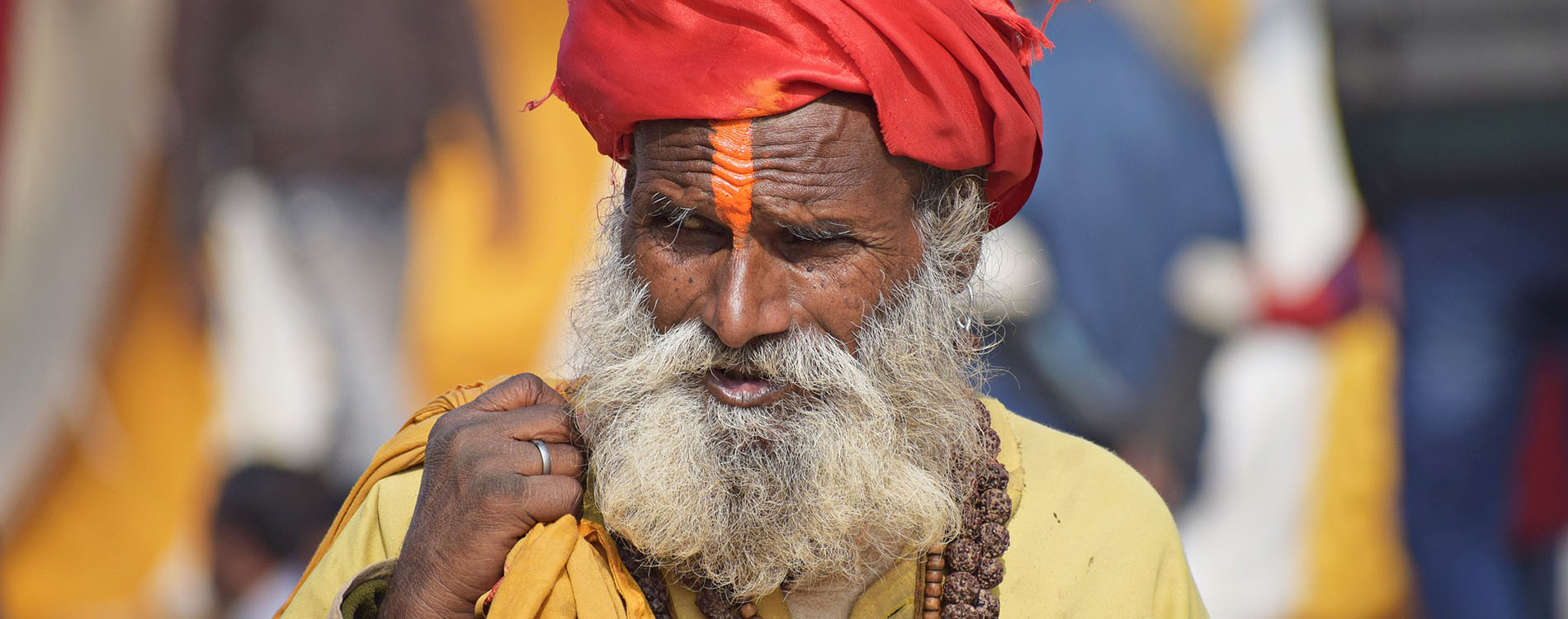Hinduism is one of the Indian religions, which is considered a set of religious traditions and schools of philosophy that originated in Southeast Asia, mainly in India. Most people living in South Asian countries like India, Nepal, and Indonesia adhere to Hinduism. In India alone, about 80% of the population identifies as Hindu. Although not much is known about the birth of Hinduism, this belief originated about 4,000 years ago. Because of its status as an ancient belief system, Hinduism is deeply rooted in Indian society. In recent years, many of the practices of Hinduism have become increasingly popular in the West.
During the period from the sixth century B.C. to the beginning of the first millennium A.D., Indian religious culture underwent strong changes. At the beginning of that period the crisis of the Vedic religion broke out, which resulted in the emergence of the nastika-Darshan, of which Buddhism and Jainism, which entered into an ideological competition with Brahmanism, became the most significant. In the third century BC Buddhism, under the patronage of King Ashoka of the Maurya dynasty, becomes the state religion in India and is widely spread from the territory of present-day Afghanistan to Sri Lanka. However, many basic ideas of Buddhism proved to be too revolutionary for the national Indian consciousness of the time. For example, for Vedic religion, the performance of rituals in honor of the gods was important; Buddhism denied the significance of these rituals, declaring them meaningless to the one who seeks “true liberation,” i.e., the attainment of nirvana. Brahmanism regarded the gods as supreme beings; Buddhism regarded the gods as beings who, like other beings, including humans, find themselves in samsara and are subject to the law of karma. Brahmanism regarded social inequality and the division of society into varnas as something sanctified by world order; Buddhism proclaimed the achievement of liberation by a Buddhist irrespective of caste, and regarded the division of society into varnas as a convention.
During the period of Hinduism’s formation, it underwent a serious and diverse development. The system of cults is created, the pantheon and the main religious trends are formed; the formation of Hindu religious philosophy is completed; the system of social relations, sanctified by religious injunctions, is established. Thanks to the latter, a caste system of social organization, reminiscent in some respects of the Vedic Indian system, is established in India. At the top of this social hierarchy were traditionally the brahmins, who acted not only as cult servants but also as philosophers and mentors to kings and dignitaries. At the next, more “lower” level were the kshatriyas, and this varna, as before, included the warriors themselves, the rajas and their advisors: ministers, commanders, court officials, etc. Even lower were the merchants and artisans, the vaishyas. A curious aspect of the organization of this varna was that it was a system of castes organized along professional lines; for example, there were the castes of merchants, the castes of merchants of certain goods, the castes of artisans engaged in a particular kind of craft and the castes of artisans whose craft consisted in providing certain services (for example, the caste of barbers). Even lower were the Shudras, but unlike the Vedic varna of the Shudras, which included only slaves, it now also included peasants. Below the Shudras on the social ladder of Indian society were the Chandals, the “untouchables. This “caste” included beggars as well as those who performed “unclean” jobs, such as street sweepers. This division of society, somewhat reminiscent of the ancient division into varnas, was declared by the doctrine of Hinduism to correspond to the laws of the world order. Thanks to this setting, the caste system of society persisted in India throughout the Middle Ages and the New Age; its vestiges were strong in India in the twentieth century and persist to this day. Hinduism also influenced the medieval art of India, particularly the art of theater.
